Review for Journey to the Center of the Earth
Years ago, I remember discussions on the My Reviewer forums about ‘comfort movies’ – classic cinema that was pure escapism and a warm, all-encompassing blanket film which, even though it might provide a few thrills, would work out fine. ‘Journey to the Center of the Earth’ (1959) is one such film. It’s deservedly a classic of the genre (Sci-Fi adventure), reflecting the (almost steam-punk) spirit of adventure that we associate with the early Victoria period. As a Jules Verne novel adaptation (Verne’s work was falling out of the fifty year period of copyright exclusivity, making it fair game for a profiteering studio) it’s one of the best – arguably equal at least to Disney’s recent Verne outing, also featuring James Mason in a lead role as Captain Nemo in ’20,000 Leagues Under the Sea’.
From a purely scientific point of view, it’s a film that needs you to drop any semblance of reason and abandon all disbelief as both the journey to the centre, and more particularly the journey back again, are clearly ridiculous in every sense – quite impossible given even the most basic knowledge pf physical geography. But since when did reason and reality get in the way of a good film? Especially one that looks so great.
Just like ’20,000 Leagues Under the Sea’, the clue to the narrative plot is in the title. The book by Jules Vernes hailed from an age where people believed any discovery might be made at any time – with explorers around the world coming back with tales of awe and wonder. Published in 1864, this adaptation remains quite faithful, whilst throwing in elements of romance that were not part of the original.
Sir Oliver S. Lindenbrook (James Mason) is a well-respected Edinburgh based professor who, on receiving a Knighthood, gets a gift from a student of a piece of volcanic rock. As it appears to be an unusual variety, he sets about testing its properties, only to discover that it contains a message buried within from an Icelandic scientist named Arne Saknussemm, who went missing on an expedition to reach the centre of the Earth.
It shows that Saknussemm must have known something and got down deep enough into the earth for his message to have been encapsulated in the volcanic lava. As a result, Lindenbrook decides he must revitalise the mission so het sets off with his faithful student, and daughter’s fiancé, Alec MCEwan (played by Pat Boone, a popular singer of the day and something of a heart-throb who manages a passable but inconsistent Scots accent despite being an American).
When they arrive in Iceland they discover that they are not the only ones there. A Swedish scientist, Professor Göteborg (Ivan Triesault) ,that Oliver took into his confidence about the discovery and the mission, and who appeared to ignore his letters, is also there. As is his Count Saknussemm (Thayer David), a relative of the original scientist who wants the glory for himself. Indeed, so much so that he kills Göteborg.
When his wife, Carla (Arlene Dahl), learns the truth behind her husband’s death, she decides to join Lindenbrook on his quest – whether he likes it or not. After all, technically she owns all the climbing equipment and Oliver needs it, so reluctantly agrees.
So the expedition party sets off (after almost an hour of preamble) comprising Oliver, Carla, a local Icelandic, Hans, who speaks no English and who brings along his beloved pet duck Gertrud, and young Alec. They soon find marks left by Saknussemm which appear to show them the way.
The rocky cave paths soon turn into lit (through natural phosphorescence) and open vistas which, though very stagy, look quite spectacular on this transfer. But the trip isn’t without danger.
Along the way, they encounter the Count who has set off on his own, as well as some underground natives, strange plants, dinosaurs and countless other obstacles – before they stumble across an ocean at the Earth’s core, which in turn leads to the lost city of Atlantis.
It’s all fun stuff and naturally, relationships are strengthened along the way leading to some team-bonding, and in Carla and Oliver’s case, a hint of romance too.
The music is perfect for the film, really helping create an epic feel throughout – penned by Hitchcock’s favoured writer of scores, Bernard Herrmann, who was incredibly prolific during this period, soon moving into television with countless scores for The Twilight Zone among others.
Whilst some of its effects look a bit hokey now (using real lizards and keying them into the action as dinosaurs for example) it has a big budget look and feel.
The transfer is top notch, so you can definitely get a feel for what cinema goers enjoyed at the time.
The disc comes with some really nice extra features too. First up is an isolated music and effects track which, given the quality of Hermann’s work is worth a listen. There is also a really informative audio commentary with actress Diane Baker alongside film historians, Steven C. Smith and Nick Redman.
There is a very enjoyable video interview with critic and author Kim Newman who seems almost omnipresent these days when it comes to sci-fi and horror releases, of which he seems to know plenty. I always enjoy his interviews though as he always comes across as deeply knowledgeable, without ever appearing smug, with an absolutely infectious enthusiasm for the films too, despite any failings.
Also includes are a restoration featurette (and they’ve done a great job on it), an original trailer and a rather nice booklet featuring an original review of the film from 1959; a poster gallery and a selection of archival imagery.
This is a fun film which I think even newcomers will enjoy and this edition faultless. Highly recommended.
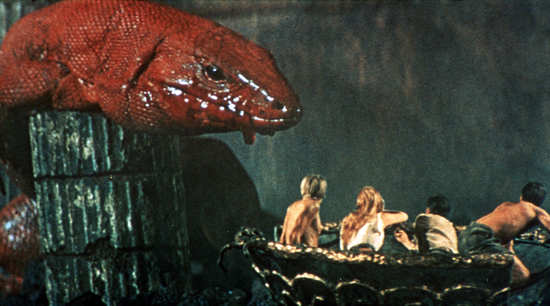
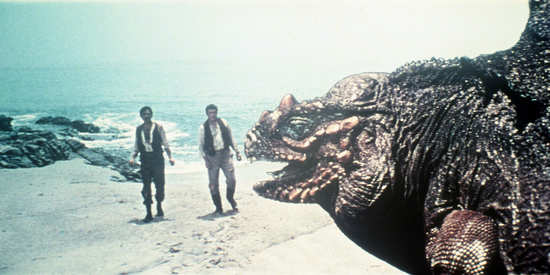
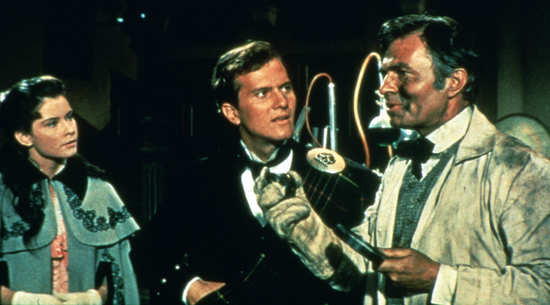
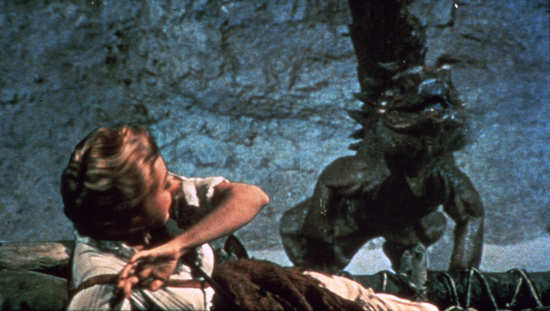
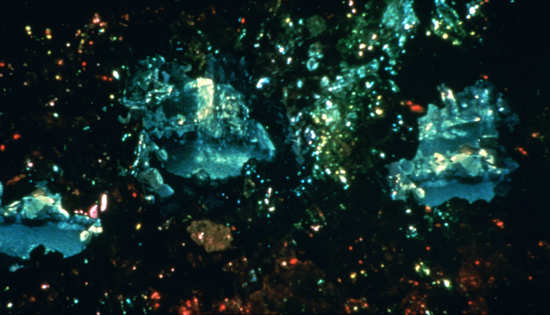
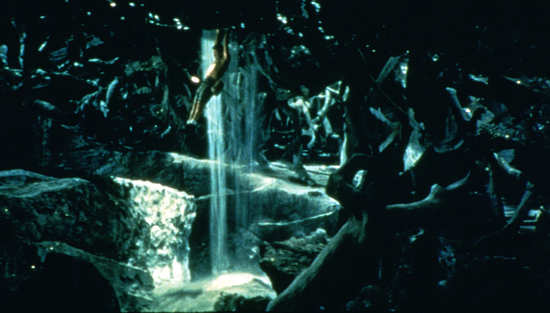
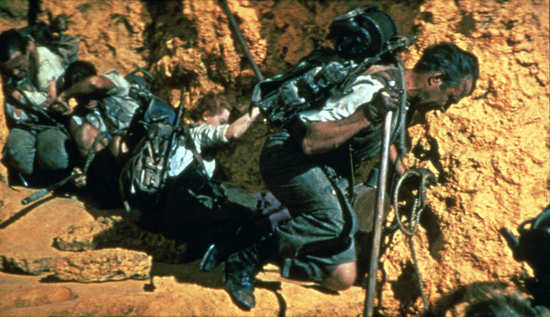
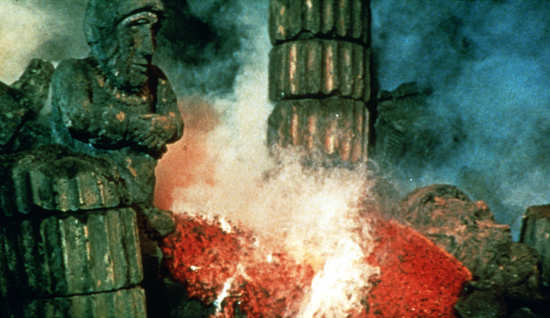
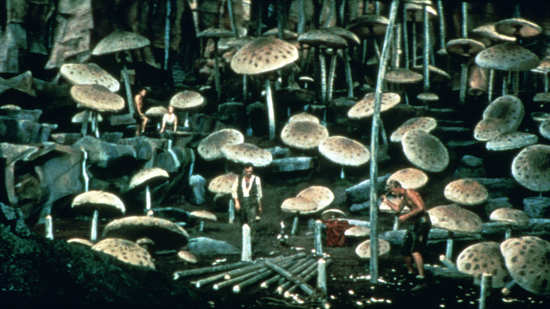
Your Opinions and Comments
Be the first to post a comment!